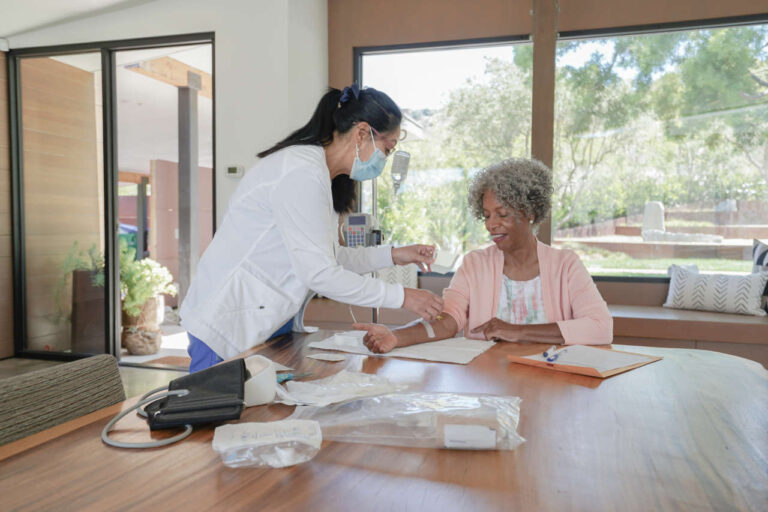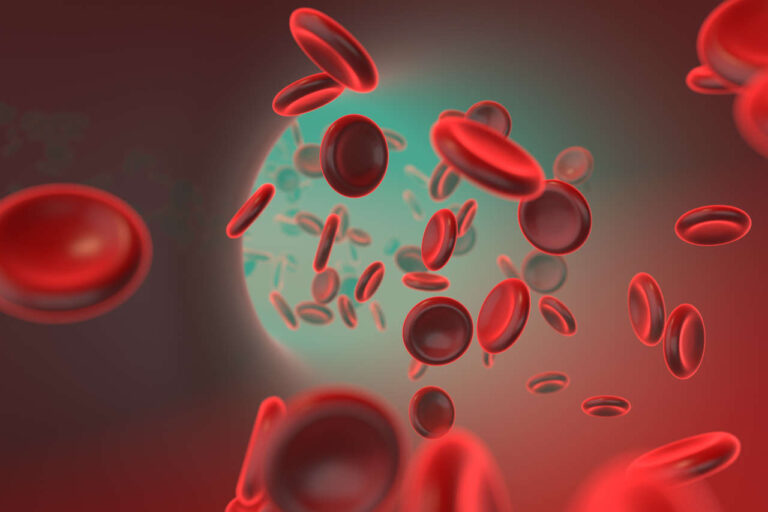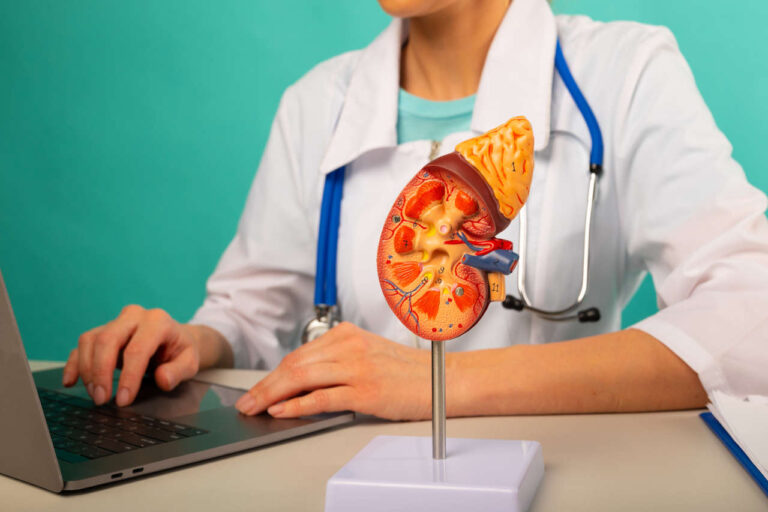
Bivigam is an FDA-approved medication used to treat primary humoral immunodeficiency (PI) in adults and children (2 years and older). Learn about its mechanism of action, side effects, cost, and more.
Can IVIG help? | Free IVIG Treatment Info
What Is Bivigam?
Bivigam is a brand-name prescription containing human immune globulin, which contains proteins (antibodies) that strengthen your immune system.
The FDA first approved this product in 2012. However, due to some concerns with its manufacturing processes, it was withdrawn from the market in 2016. ADMA Biologics, Inc., which is the manufacturer of Bivigam, reintroduced it into the US market in 2019. As of 2023, Bivigam is FDA-approved for the treatment of primary immunodeficiency (PI) in adults and children ages 2 years and older.
What Is Bivigam Used To Treat?
A healthcare provider may prescribe this medication to treat adults and children with primary immunodeficiency.
Primary immunodeficiencies (PIs) are long-term immune disorders in which your immune system doesn’t function as it should because parts of it are missing or not working properly. As a result, you’re at an increased risk of catching an infection.
According to the Foundation for Primary Immunodeficiency Diseases (FPID), over half a million US adults and children live with this condition [1].
How Does Bivigam Work?
Bivigam works by replacing missing antibodies in the immune system.
How Is Bivigam Administered?
The usual dose for primary immunodeficiency is 300 – 800 mg/kg of body weight every 3 to 4 weeks.
The medication is infused into your vein (IV) slowly. If you aren’t experiencing any signs or symptoms of an infusion-related reaction, your provider will increase the infusion rate. However, tell your healthcare provider if you do experience an infusion-related reaction so they can slow or stop the infusion. Examples of infusion-related reactions include:
- Flushing
- Chills
- Muscle cramps
- Back/joint pain
- Fever
- Nausea
- Vomiting
- Shortness of breath
What Are the Side Effects of Bivigam?

Side effects can range from mild to severe.
The most common side effects are:
- Headache
- Fatigue
- Infusion site reaction
- Nausea
- Sinusitis
- Increased blood pressure
- Diarrhea
- Dizziness
Talk to your healthcare provider if these side effects don’t go away with time or worsen. They might examine you for other causes, lower your dose of Bivigam, or give you other medications to treat these side effects.
Allergic Reactions
Some people receiving Bivigam might experience severe allergic reactions, including anaphylaxis. Anaphylaxis is a potentially life-threatening allergic reaction that causes difficulty breathing, tightness in the throat, and dizziness.
Seek emergency medical care right away if you develop the following symptoms after receiving this product:
- Rash and itching
- Hoarseness
- Breathing difficulty
- Trouble swallowing
- Swelling of your hands, face, or mouth
Blood Clots
This medication can cause blood clots, especially in older adults or people with clotting disorders and heart problems. Also, the risk may be higher in those:
- On long-term bed rest
- Taking oral birth control pills
- With a central intravenous catheter in place
Seek medical help immediately if you experience:
- Chest pain
- Breathing difficulty
- Fast heartbeats
- Numbness or weakness
- Swelling in your arm or leg
Treatment Info | Get IVIG Prior Authorization
Acute Kidney Failure
Bivigam can worsen your kidney function, which can lead to kidney failure if not properly treated in time. The risk may be higher if you’re overweight, have diabetes, or use medications that harm your kidneys.
Seek immediate care if you experience:
- Swelling
- Rapid weight gain
- Little or no urination
Inflammation of the Membranes Surrounding the Brain
Health professionals call this type of inflammation aseptic meningitis syndrome or AMS. Though rare with Bivigam and other similar products, AMS can be dangerous.
Call your provider immediately if any of the following occurs:
- Severe headache
- Stiff neck
- Drowsiness
- Sensitivity to light
- Pain when moving your eye
- Nausea or vomiting
Premature Breakdown of Red Blood Cells
A rapid breakdown of red blood cells can cause hemolytic anemia.
Call your healthcare provider immediately if any of the following occurs:
- Fatigue
- Increased heart rate
- Yellowing of skin or eyes
- Dark-colored urine
Acute Lung Injury
In some users, fluid may build up in the lungs after receiving Bivigam or other similar products. Symptoms usually appear within 1 to 6 hours after treatment.
Call your healthcare provider immediately if any of the following occurs:
- Trouble breathing
- Chest pain
- Blue lips
- Fever
Infectious Disease
Because Bivigam contains donor antibodies, there’s a small possibility that it may contain viruses or other disease-causing substances. Ask your provider about the risks and benefits of therapy.
Who Shouldn’t Receive This Medication?
Anyone with a history of anaphylactic or severe systemic reactions to human immunoglobulin shouldn’t receive this medication.
Likewise, you shouldn’t receive Bivigam if you’re IgA deficient with a history of hypersensitivity.
Be sure to tell your provider about any known allergies you have.
Use in Pregnancy and Lactation
There aren’t any human or animal data about the safety of using this medication during pregnancy. Moreover, it’s yet to be studied if this medication can harm an unborn baby. However, your provider may prescribe this medication during pregnancy if you really need it.
No human data about use during breastfeeding are available. Ask your provider about the potential risks and benefits of breastfeeding while receiving this medication. Your provider might recommend alternatives to breastfeeding.
Does Bivigam Affect How Vaccines Work?
Make sure to be up-to-date on all your vaccines before starting Bivigam. You can still receive certain vaccines while on Bivigan, but you typically can’t receive a live vaccine. This is because this medication can make live vaccines less effective, which can raise your risk of getting sick.
Examples of live vaccines are MMR, rotavirus, typhoid, yellow fever, varicella (chickenpox), zoster (shingles), and influenza.
Consult an IVIG Specialist | The Best IVIG Home Infusion | Get IVIG Treatment Assistance
How Much Does Bivigam Cost?
The amount you pay for Bivigam treatment can vary, depending on your insurance plan, geographical location, and pharmacy. Contact your insurance provider to learn if your plan covers this medicine or if you need prior authorization.
The ADMA ADvantage Ig program helps eligible individuals pay as little as possible for Bivigam treatment and minimize overall costs. The program can help you make the most of your insurance benefits.
It may also help you connect to nonprofit patient assistance foundations. Contact us if you are interested in exploring financial assistance programs.
How Is Bivigam Supplied and Used?
This product comes in a single-use, tamper-evident vial. Two vial sizes are available in the US:
- A 50 ml vial, which contains 5 grams of protein.
- A 100 ml vial, which contains 10 grams of protein.













